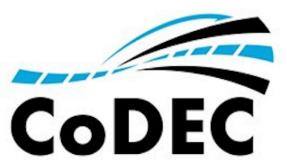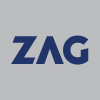
This project aims to understand, in a very practical way, the key means for successful implementation of BIM principles within the European highways industry, in particular with regards to freeing and enriching data flow to and from asset management systems. It is expected that outcomes will be of both strategic use to CEDR (and other Europe-wide industry bodies), and operational use to individual NRAs (and other stakeholders such as software companies, consultancies, etc.) In strategic terms, project outcomes should support CEDR in setting direction for its members, its research efforts, and its industry engagement. In operational terms, NRAs and other stakeholders should be able to find practical examples of how to implement BIM principles, in line with CEDR objectives, in real cases.
The project’s overarching objectives are to:
- Understand the current status of information management across the highways industry in Europe, and the risks and opportunities for the coming years
- Derive best practice guidance in the use of sensor/scanning technology to drive AM, by investigating real examples of application to assets
- Demonstrate and develop practical methods for implementation of CEDR objectives for BIM, by undertaking applied projects in real use cases and consolidating outcomes
- Provide recommendations for aligning the software industry with CEDR objectives for BIM by understanding the risks and opportunities involved in the market
from key stakeholders across the industry, and that outcomes will be practical, and aligned with real, immediate requirements. Along with this, the experience, expertise, and connections of the consortium partners will be deployed to ensure that the project is successfully delivered to a high technical standard, in line with asset management best practice and the latest technological developments in data capture and AM software. The involvement of consortium members in relevant existing projects will be harnessed as much as possible to integrate learning – such projects include efforts to create the truly smart cities of the future, the remote monitoring of infrastructure, and the development of BIM-integrated asset management software.
We also have overarching objectives for project management and dissemination:
- Ensure that the project is delivered to time, cost and quality, and that the PEB and other relevant stakeholders are kept informed throughout
- Ensure that project outcomes are of maximum practical use to CEDR members, and are effectively disseminated to CEDR members and other relevant stakeholders

